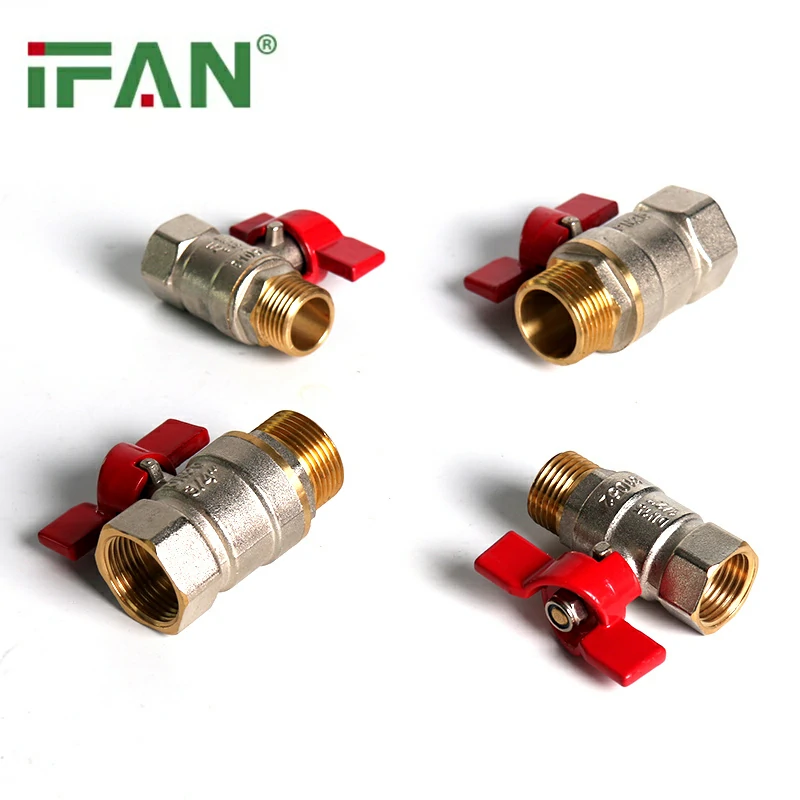Introduction
A ball valve is a crucial component in plumbing and industrial systems, designed to control the flow of liquids or gases. One common question is whether the installation direction of ball valve matters. This article explores the factors to consider when installing a ball valve and whether orientation affects its performance.
What Is a Ball Valve?
A ball valve is a quarter-turn valve that uses a hollow, perforated ball to regulate flow. When the ball’s hole aligns with the flow path, the valve is open; when rotated 90 degrees, it blocks the flow. Its simple design makes it reliable and easy to operate.
General Installation Guidelines
In most cases, the orientation of ball valve does not affect its functionality. It can be installed in any direction, as the ball’s design allows it to function equally well in vertical or horizontal positions. However, certain factors may influence the installation approach.
Exceptions to the Rule
While most ball valves are bidirectional, some specialized valves have specific flow directions. For example, valves with a built-in drain or vent must be installed according to the manufacturer’s instructions. Always check the valve’s specifications before installation.
Impact on Maintenance and Accessibility
The installation direction can affect maintenance and accessibility. For instance, installing the handle in an easily reachable position ensures smooth operation and quick shutoff in emergencies. Proper orientation can also simplify future repairs or replacements.

Example of Proper Installation
In a residential water supply system, ball valve is often installed near fixtures or appliances. Placing the handle in an accessible location allows homeowners to shut off water quickly during leaks or repairs, minimizing potential damage.
Potential Issues with Incorrect Installation
While most ball valves are bidirectional, incorrect installation of specialized valves can cause problems. For example, installing a valve with a drain port upside down may prevent proper drainage, leading to system inefficiencies or damage.
Manufacturer Recommendations
Always follow the manufacturer’s guidelines when installing ball valve. Some valves may have specific orientation requirements to ensure optimal performance and longevity. Ignoring these instructions can void warranties or lead to premature failure.
Conclusion
In summary, the installation direction of ball valve generally does not affect its functionality, as most are bidirectional. However, accessibility, maintenance, and specific design features may influence the orientation. Always consult the manufacturer’s instructions to ensure proper installation and optimal performance. By understanding these factors, you can install ball valve correctly and maximize its efficiency in your system.

